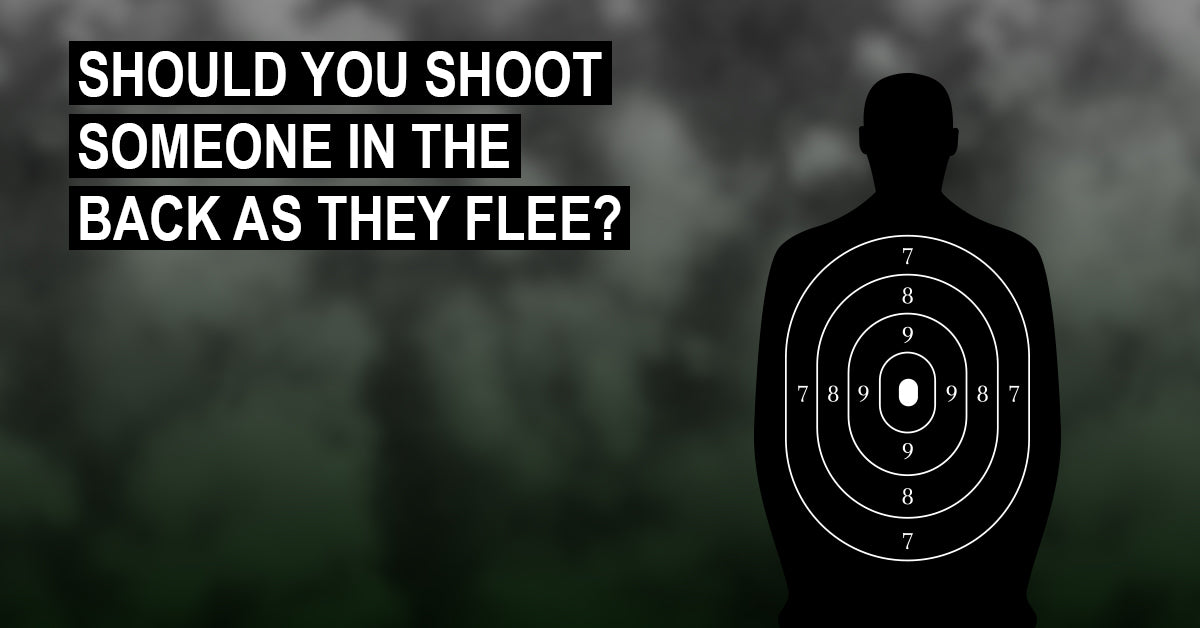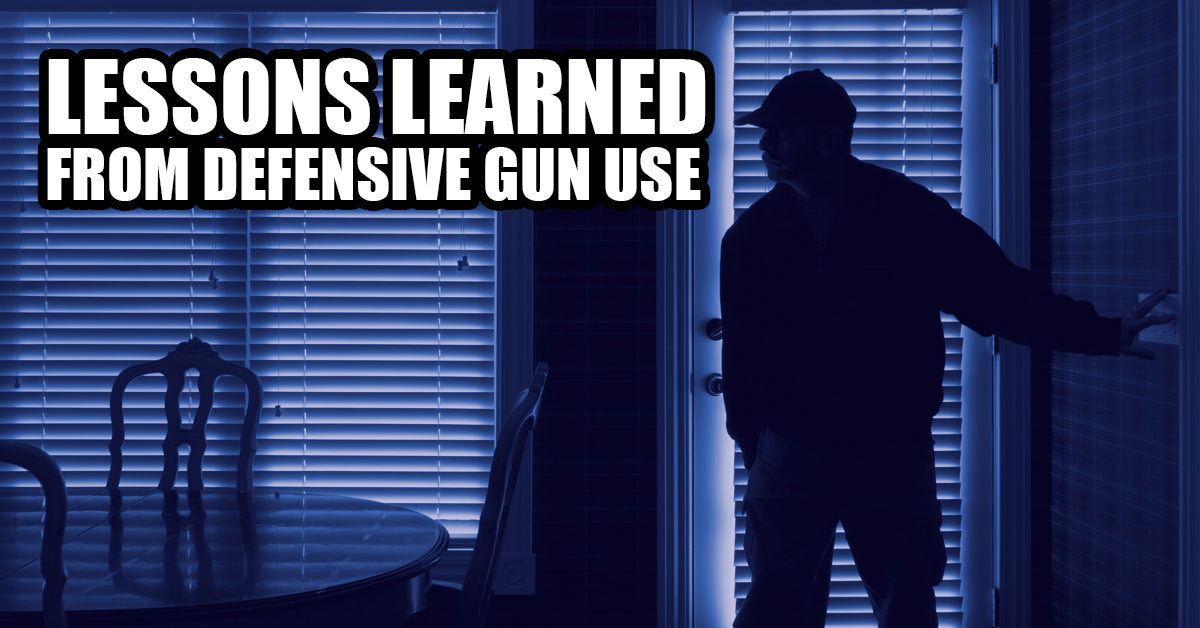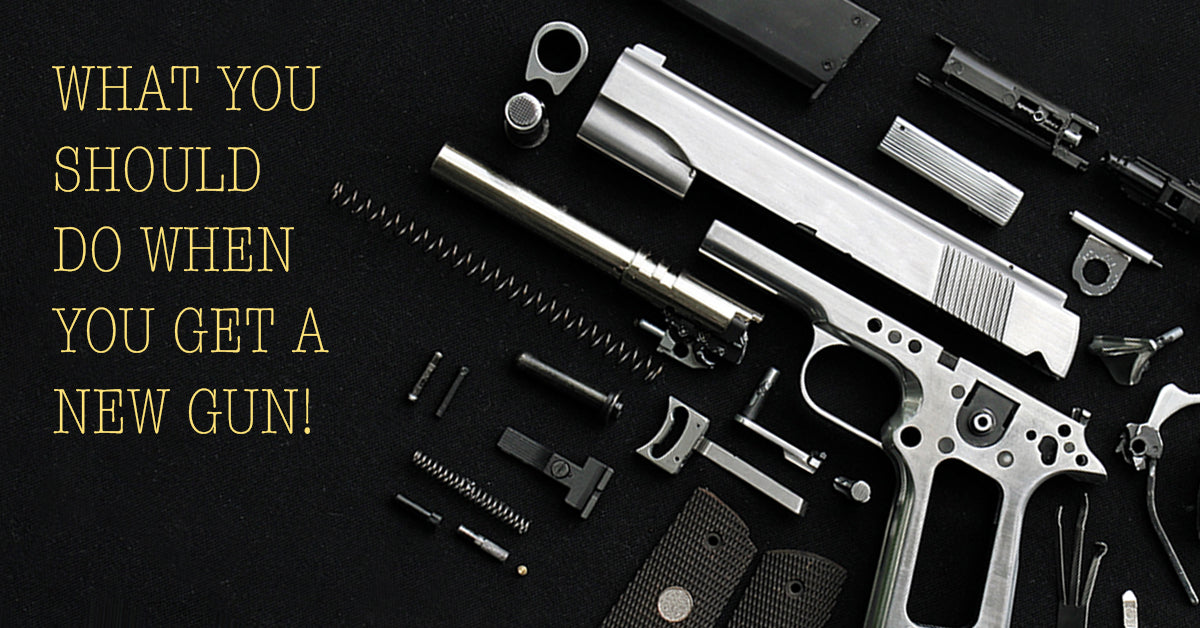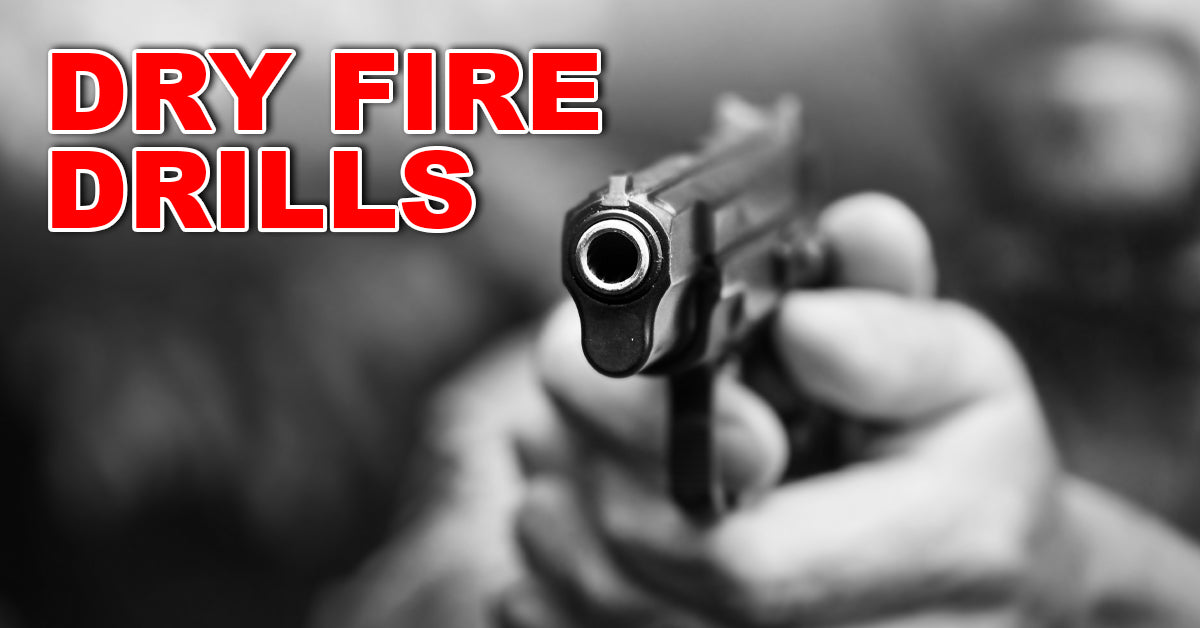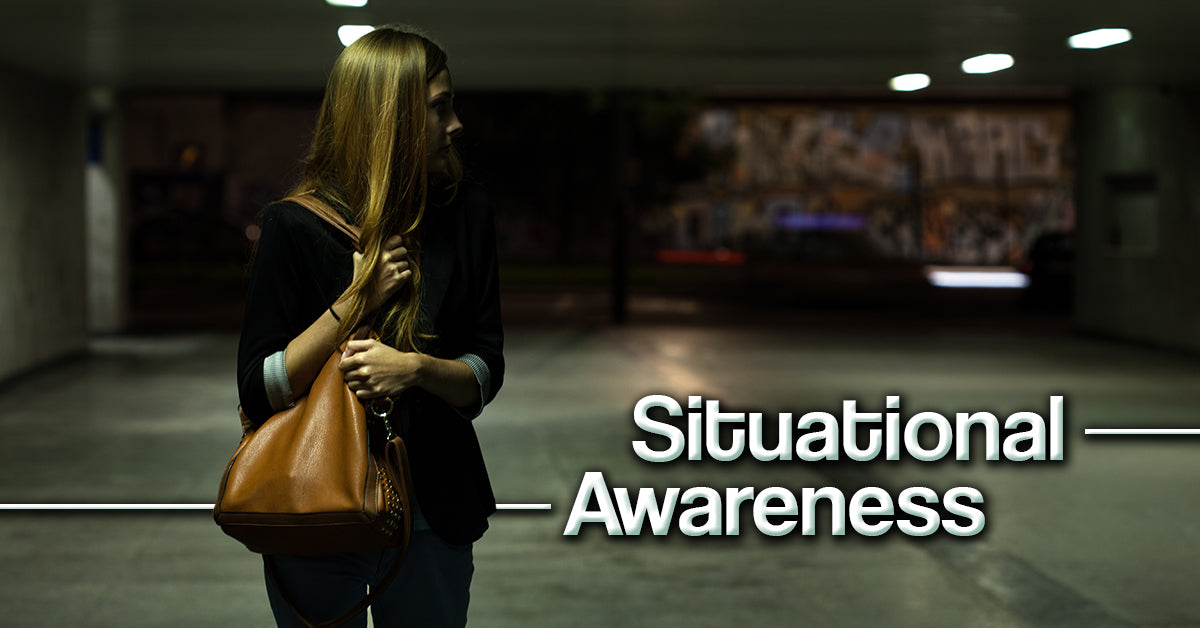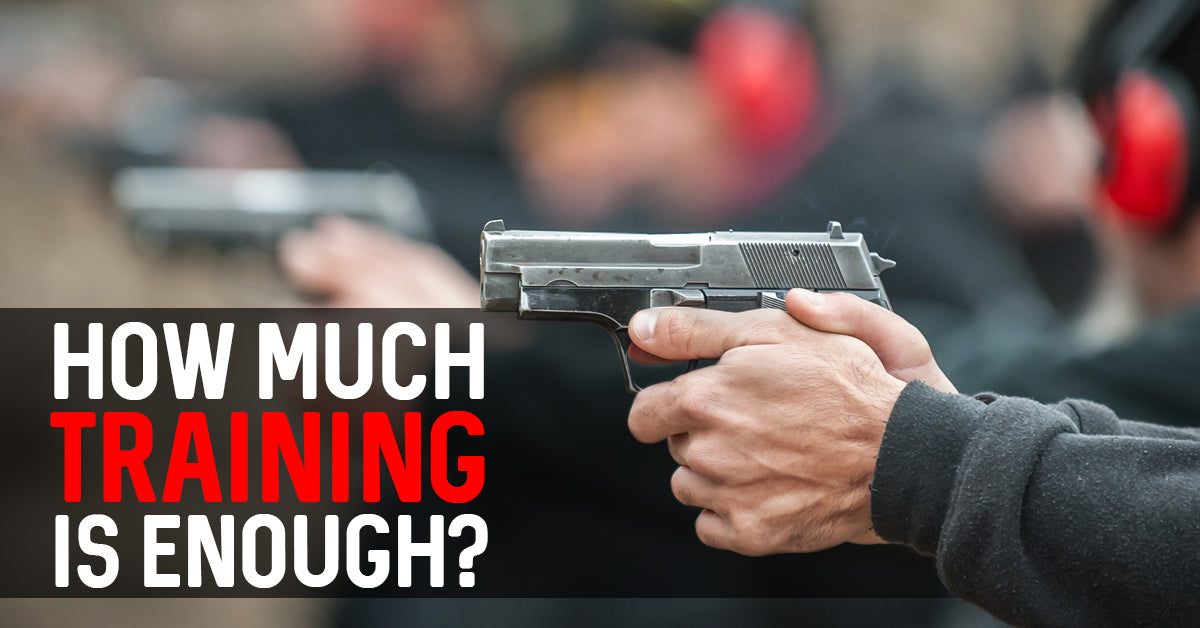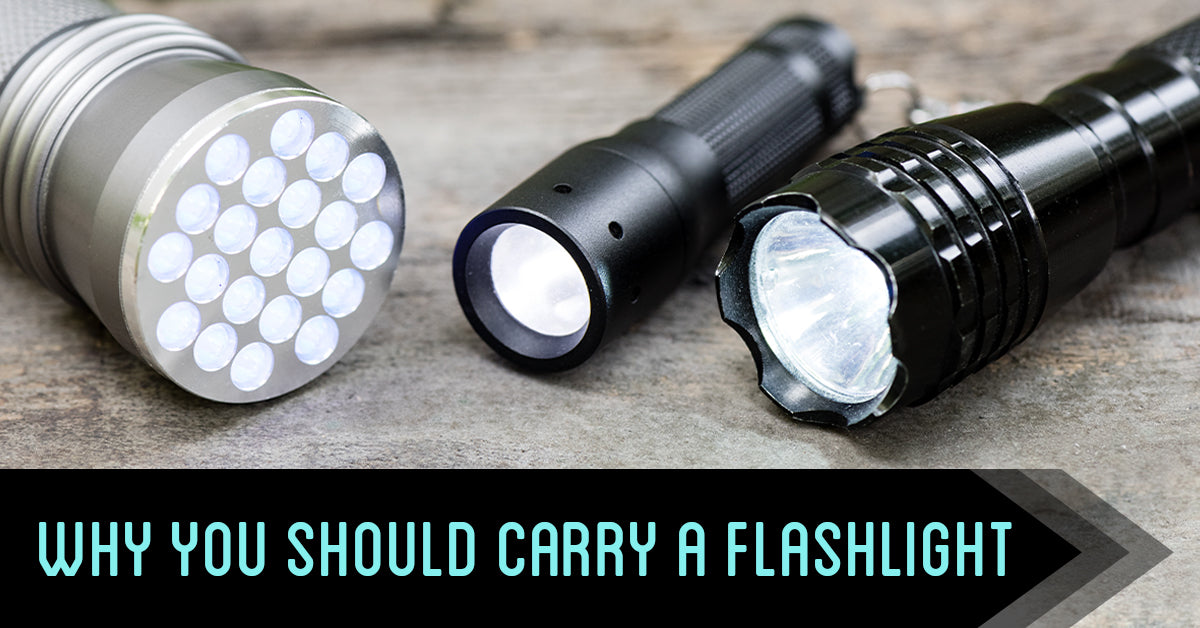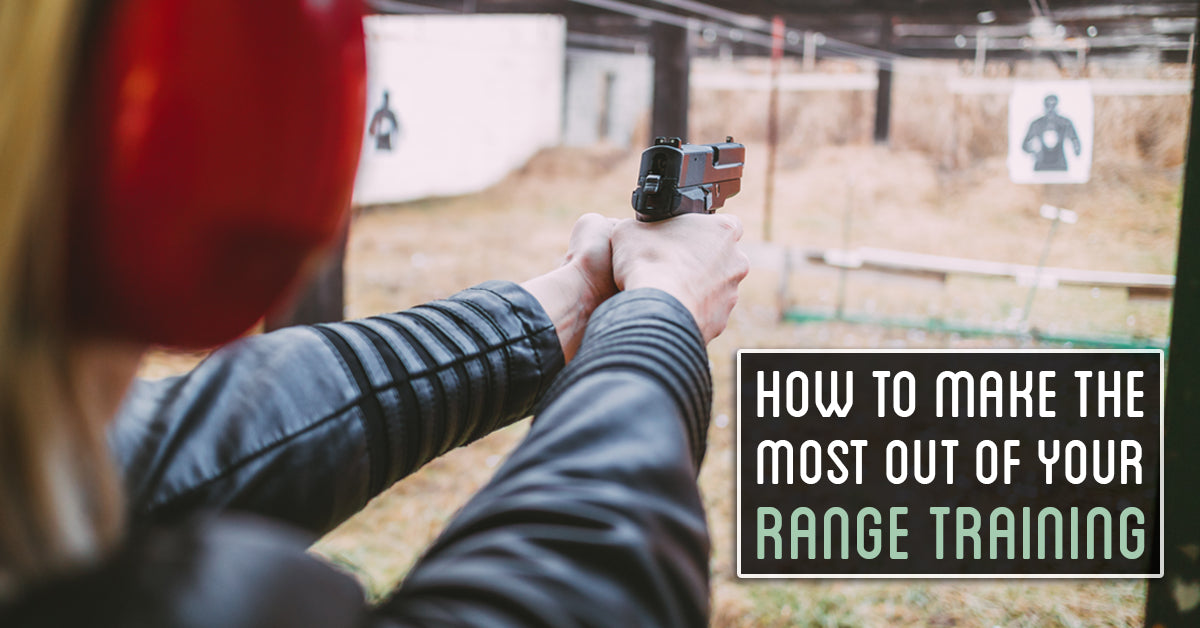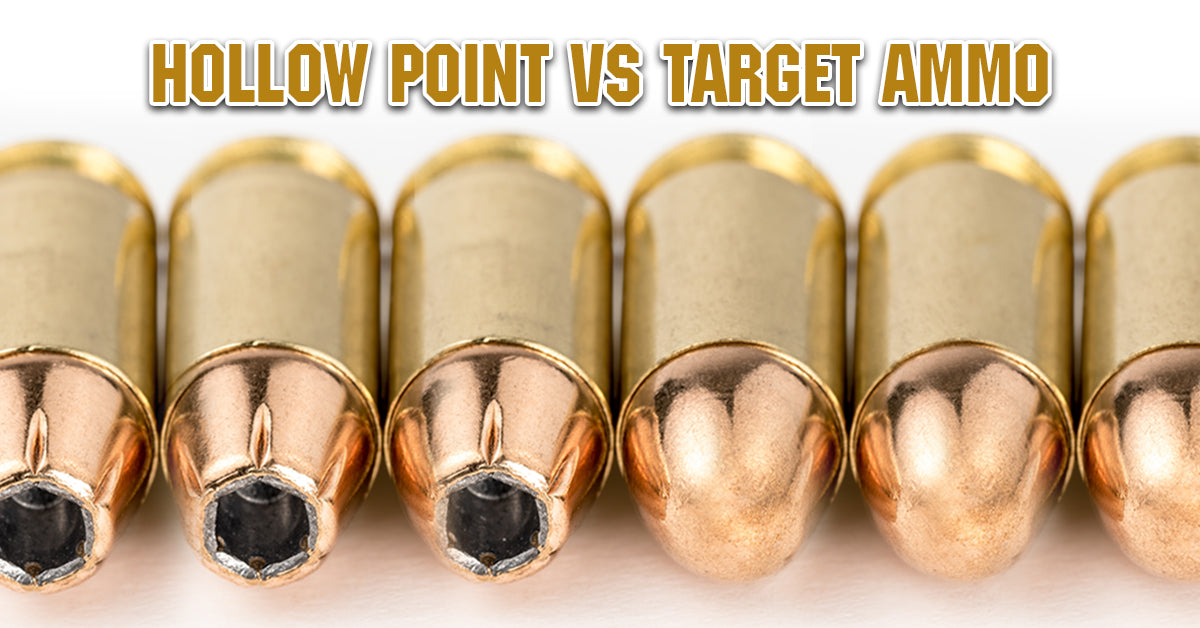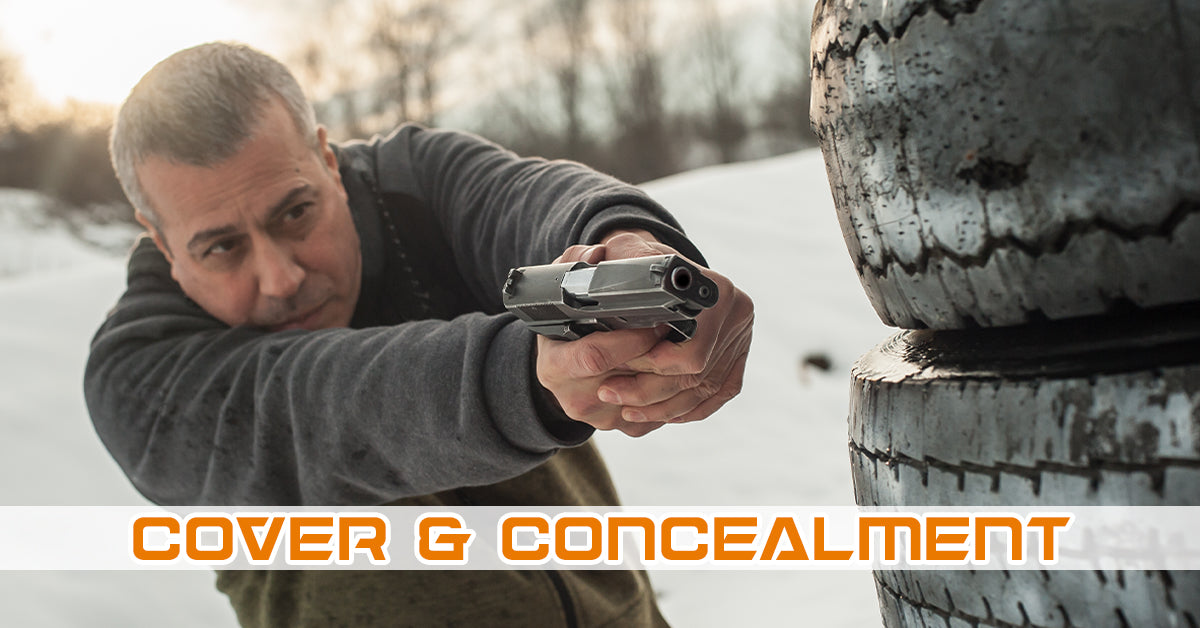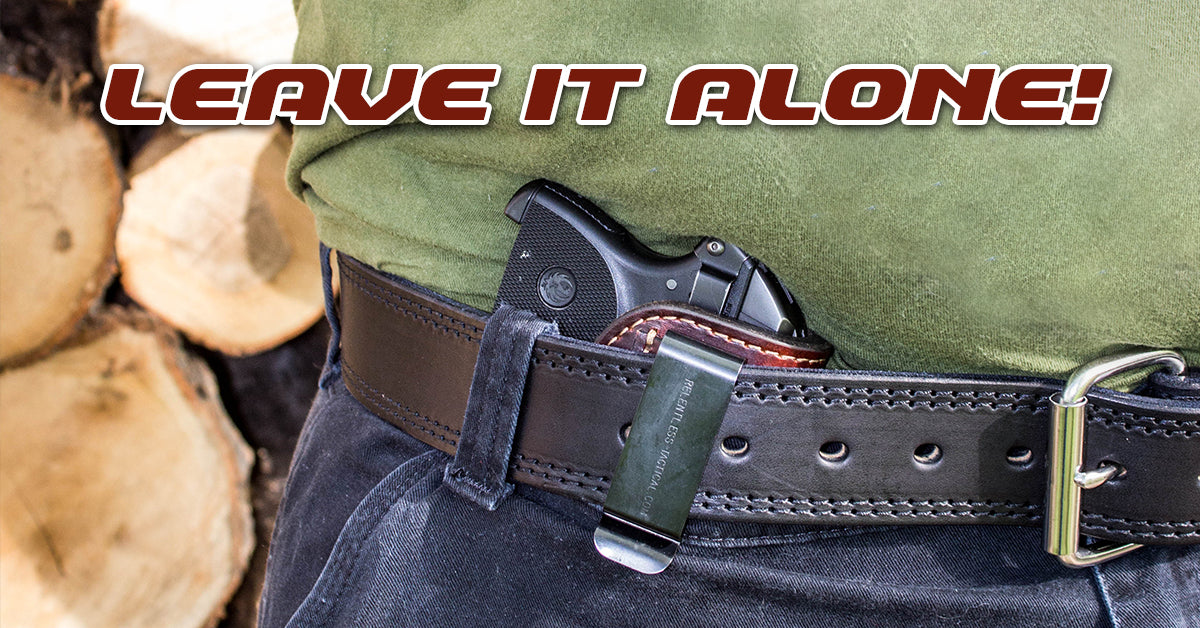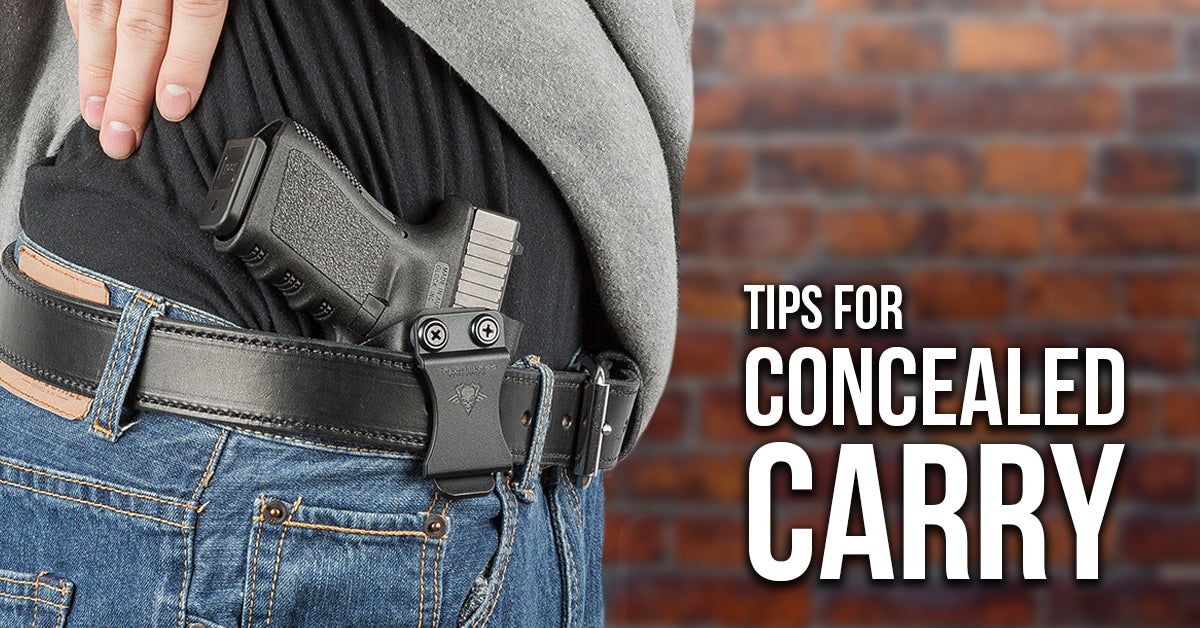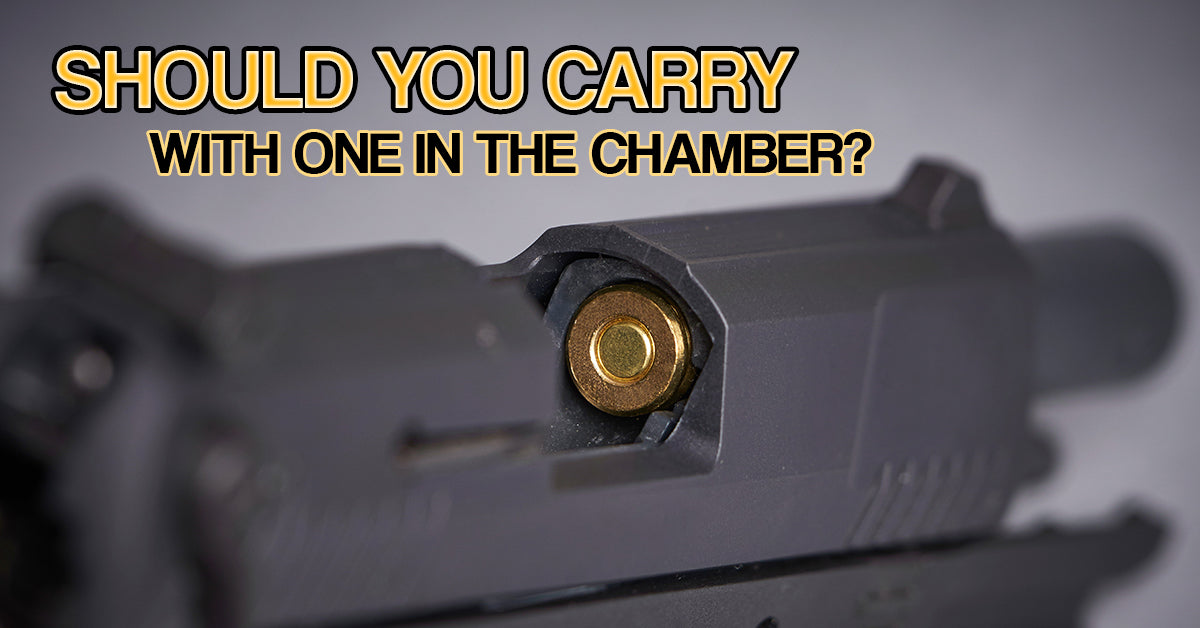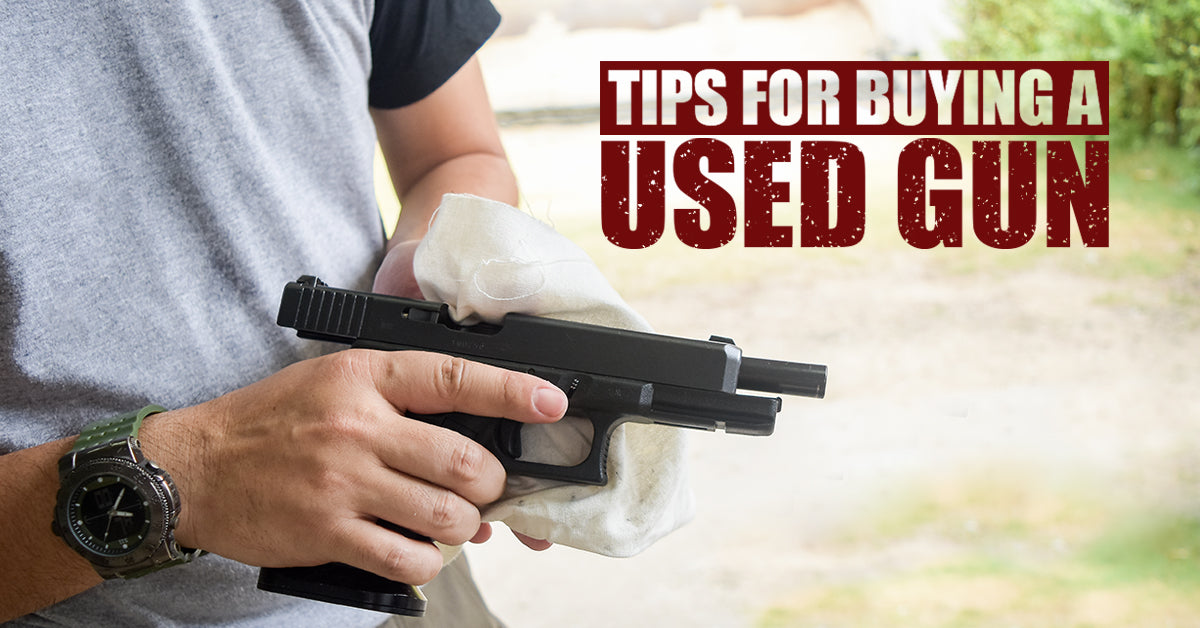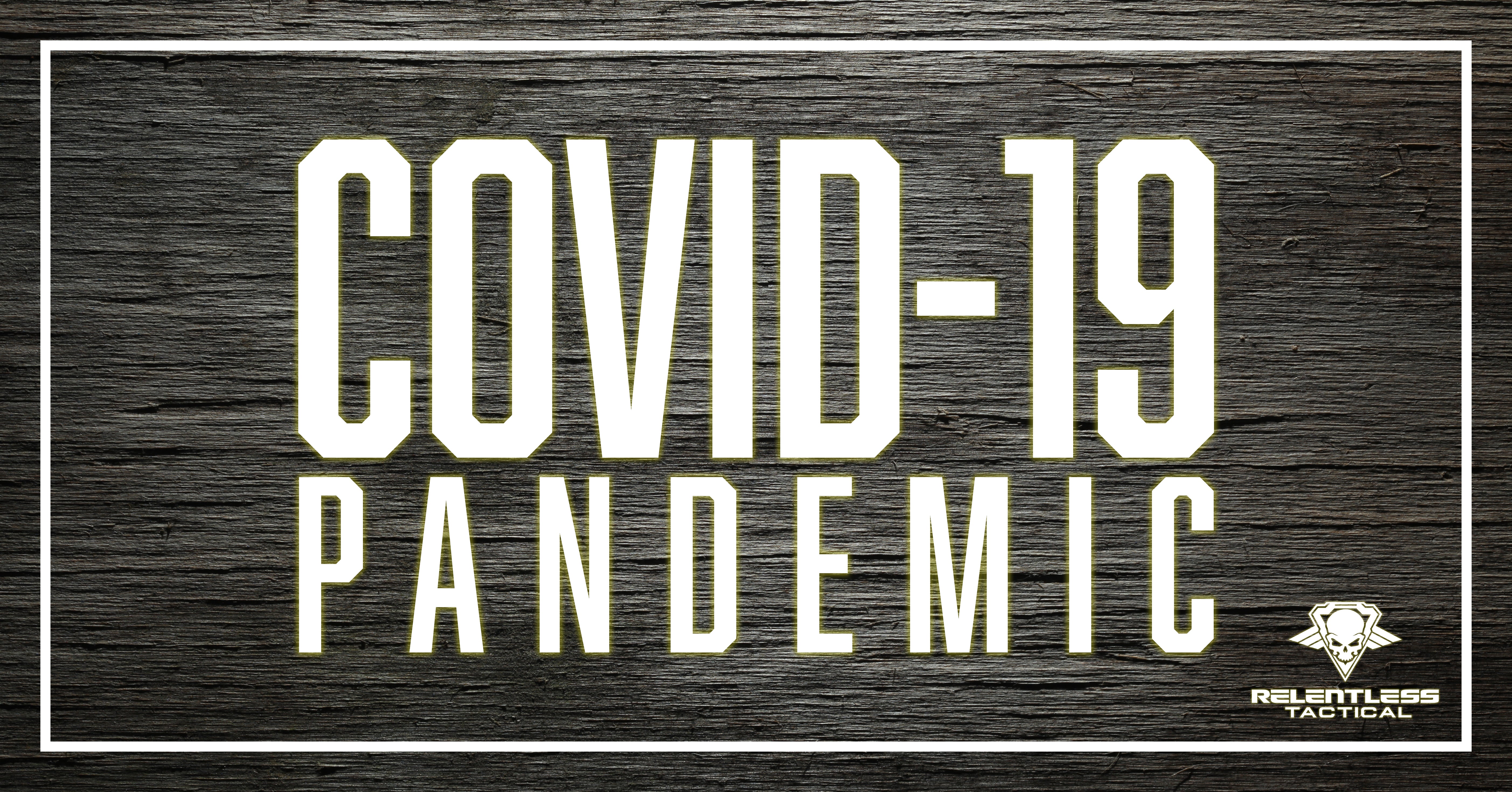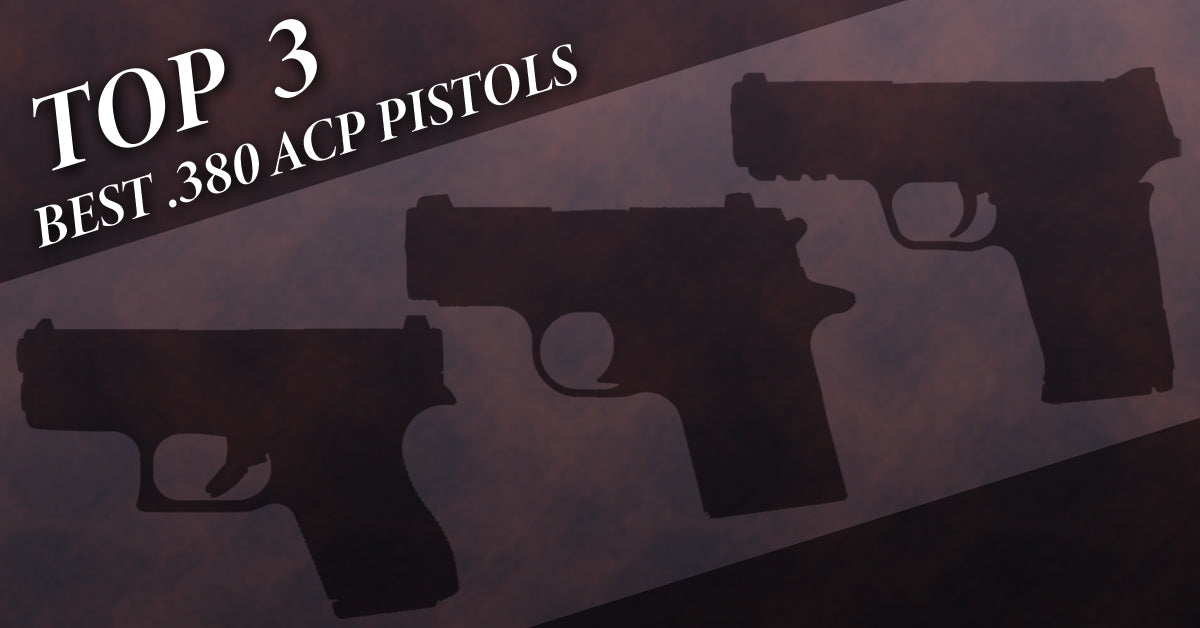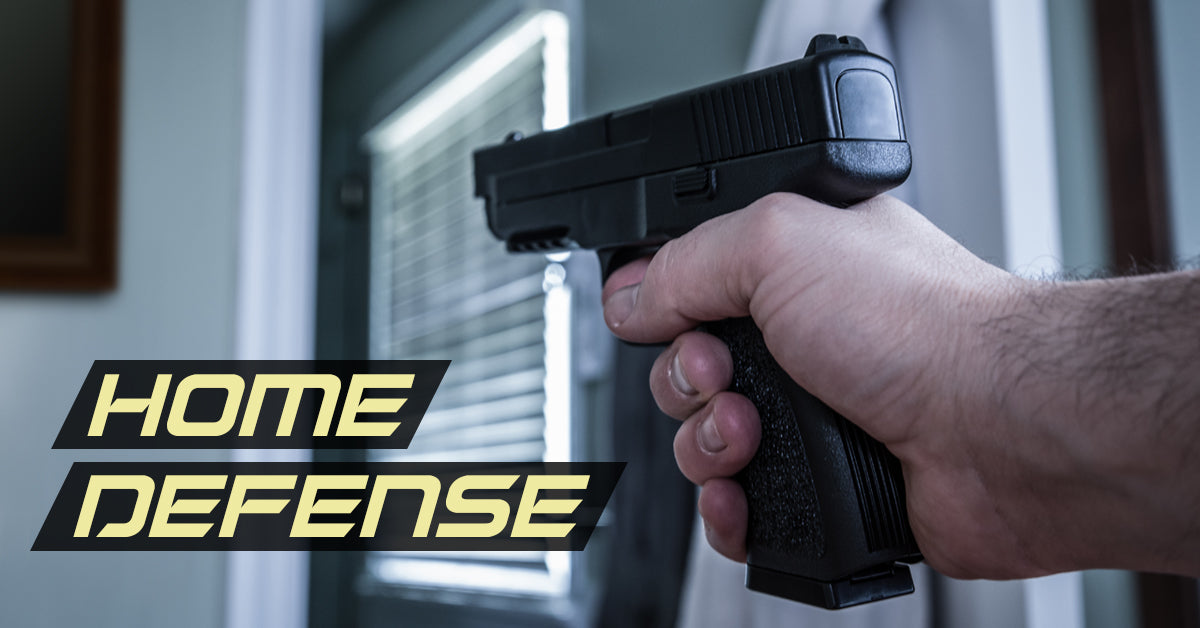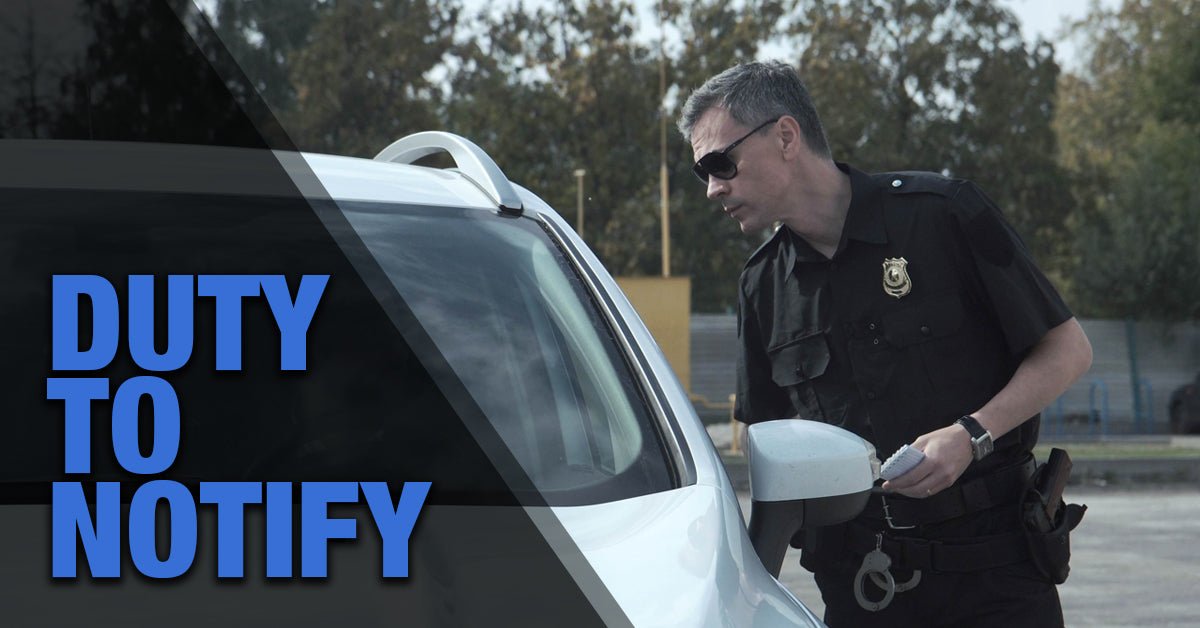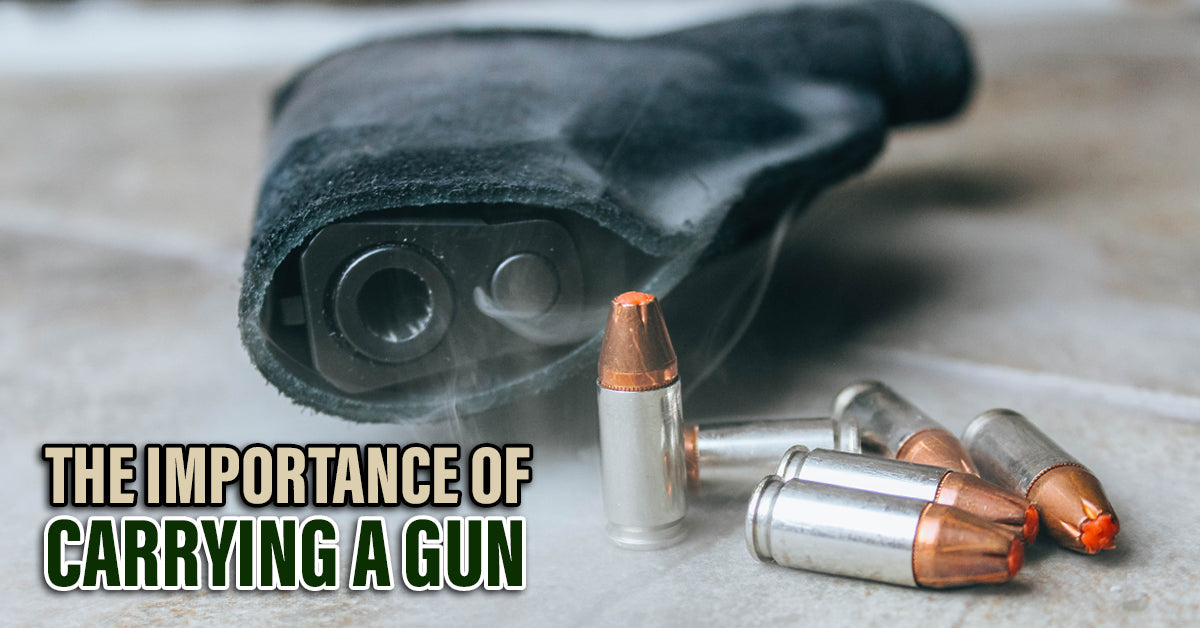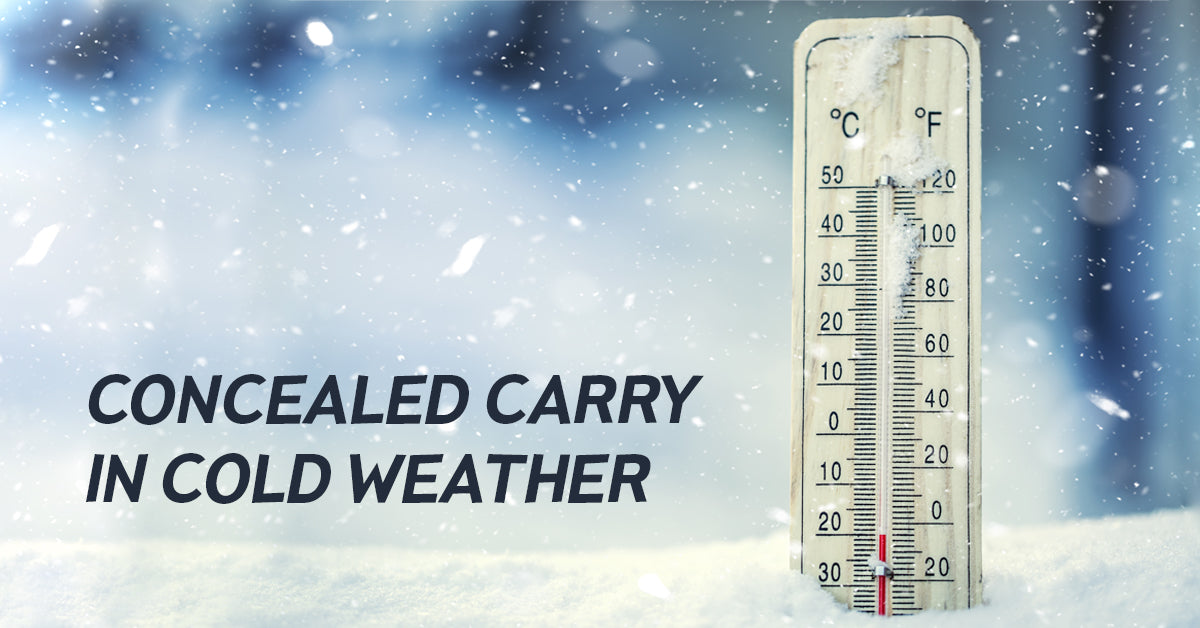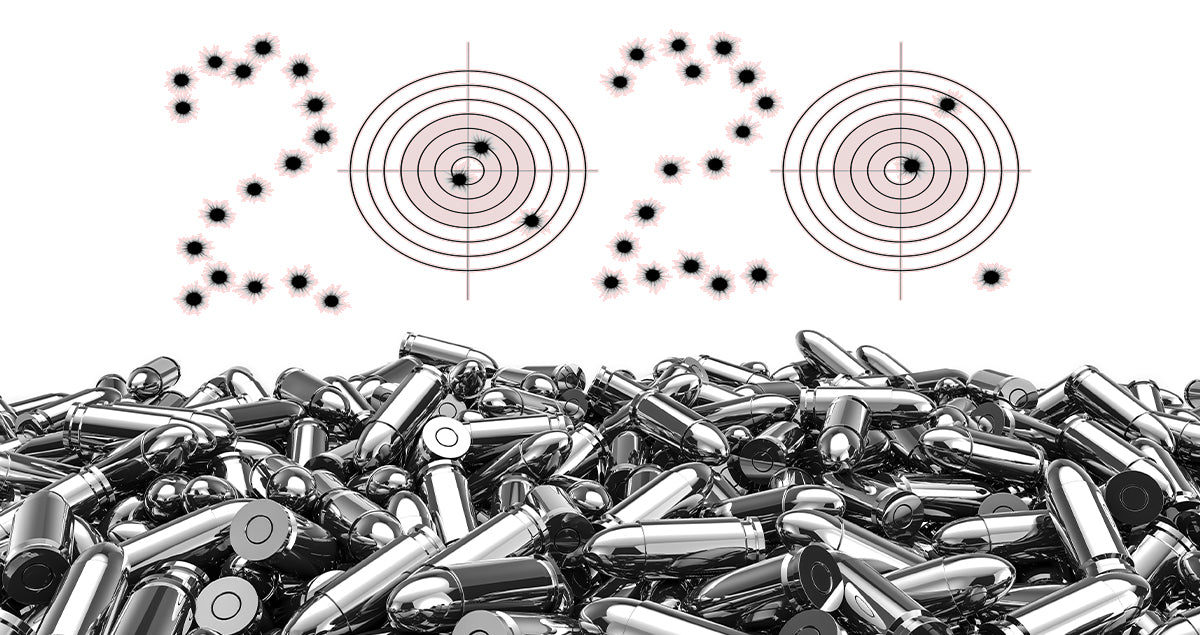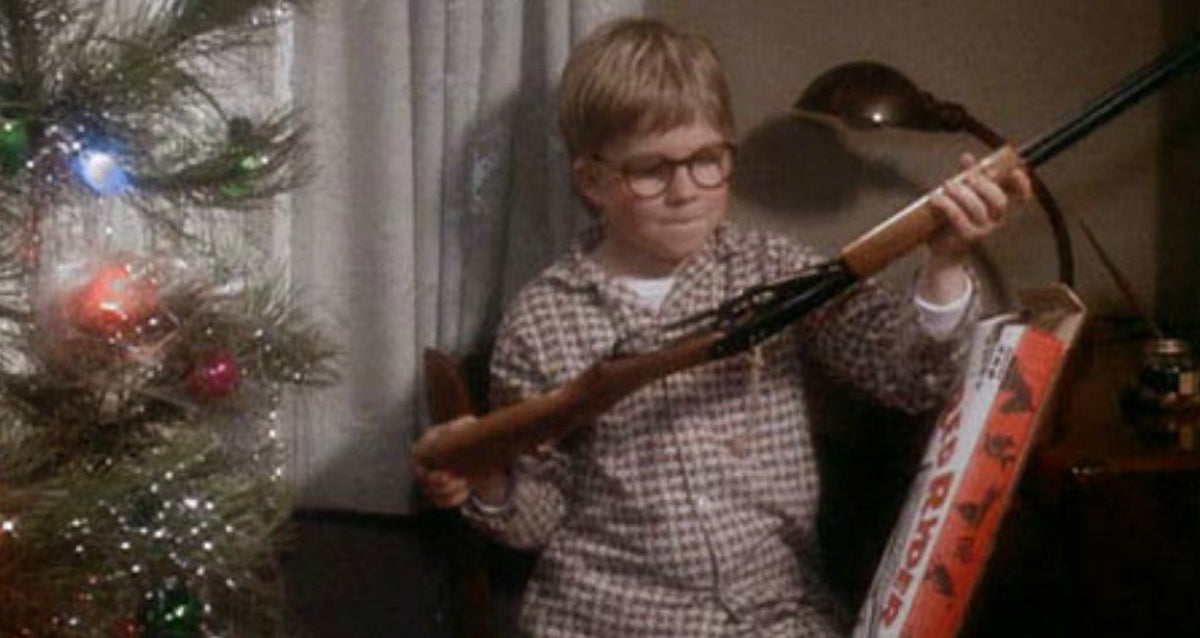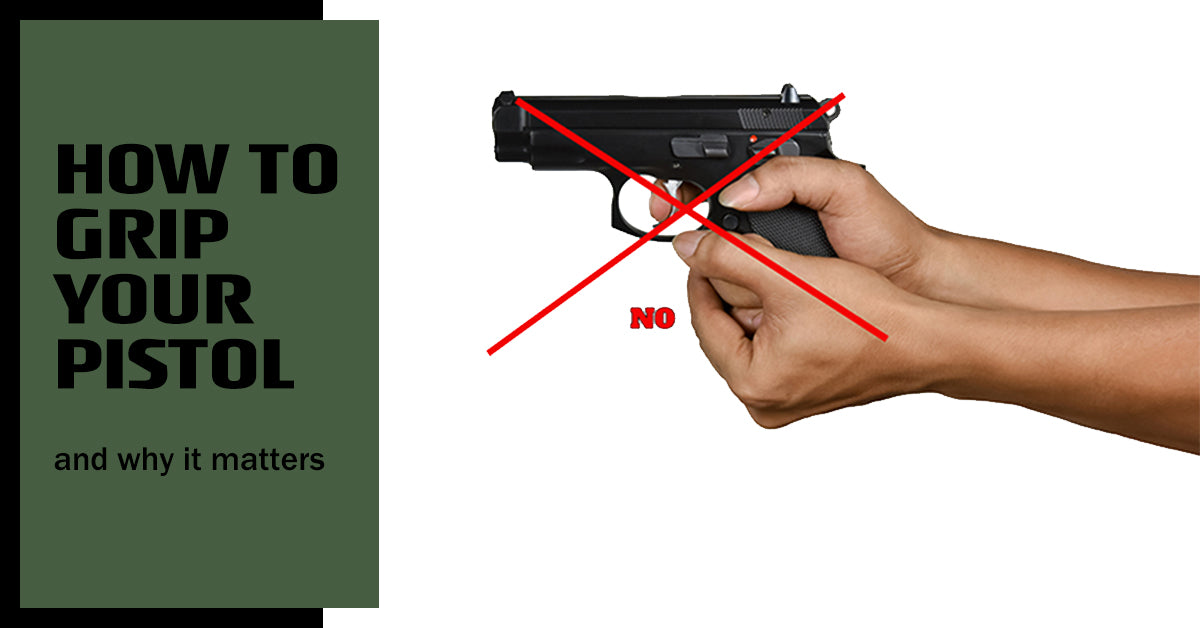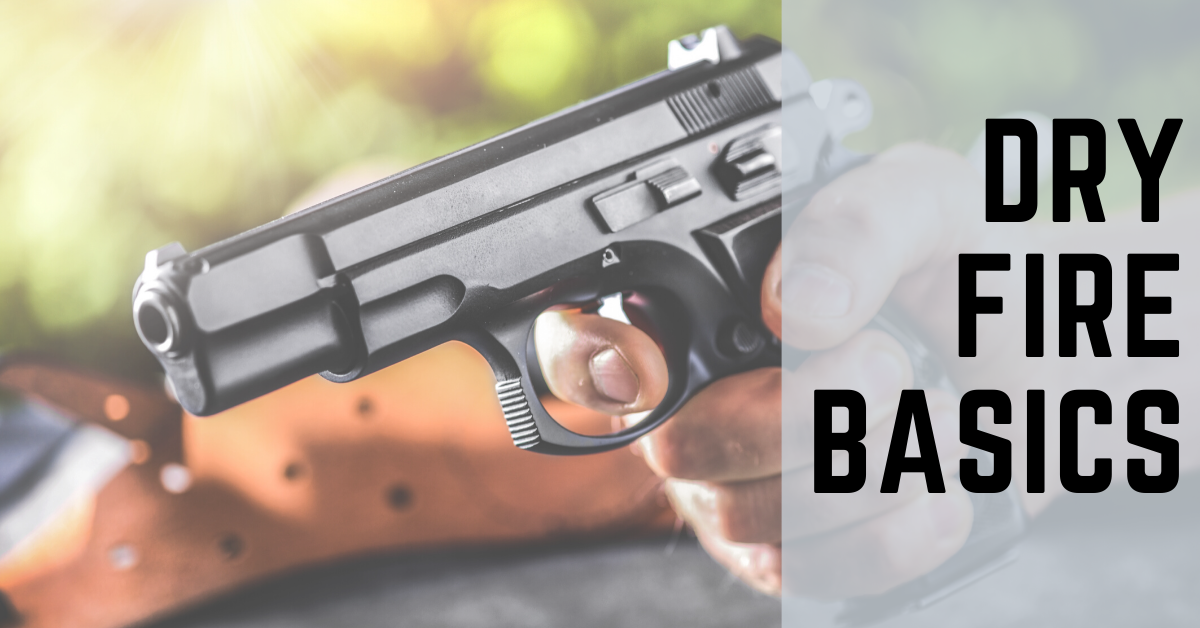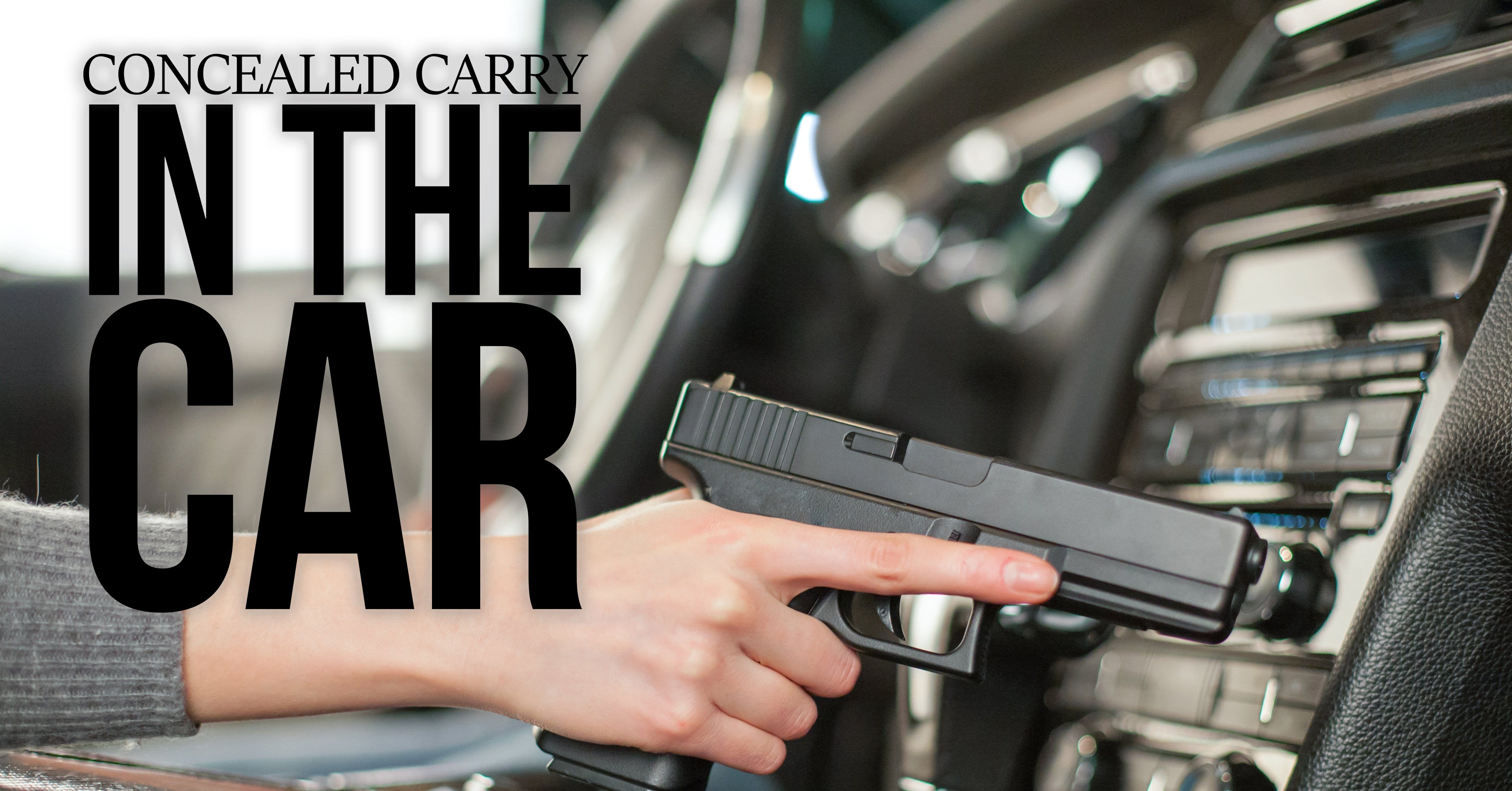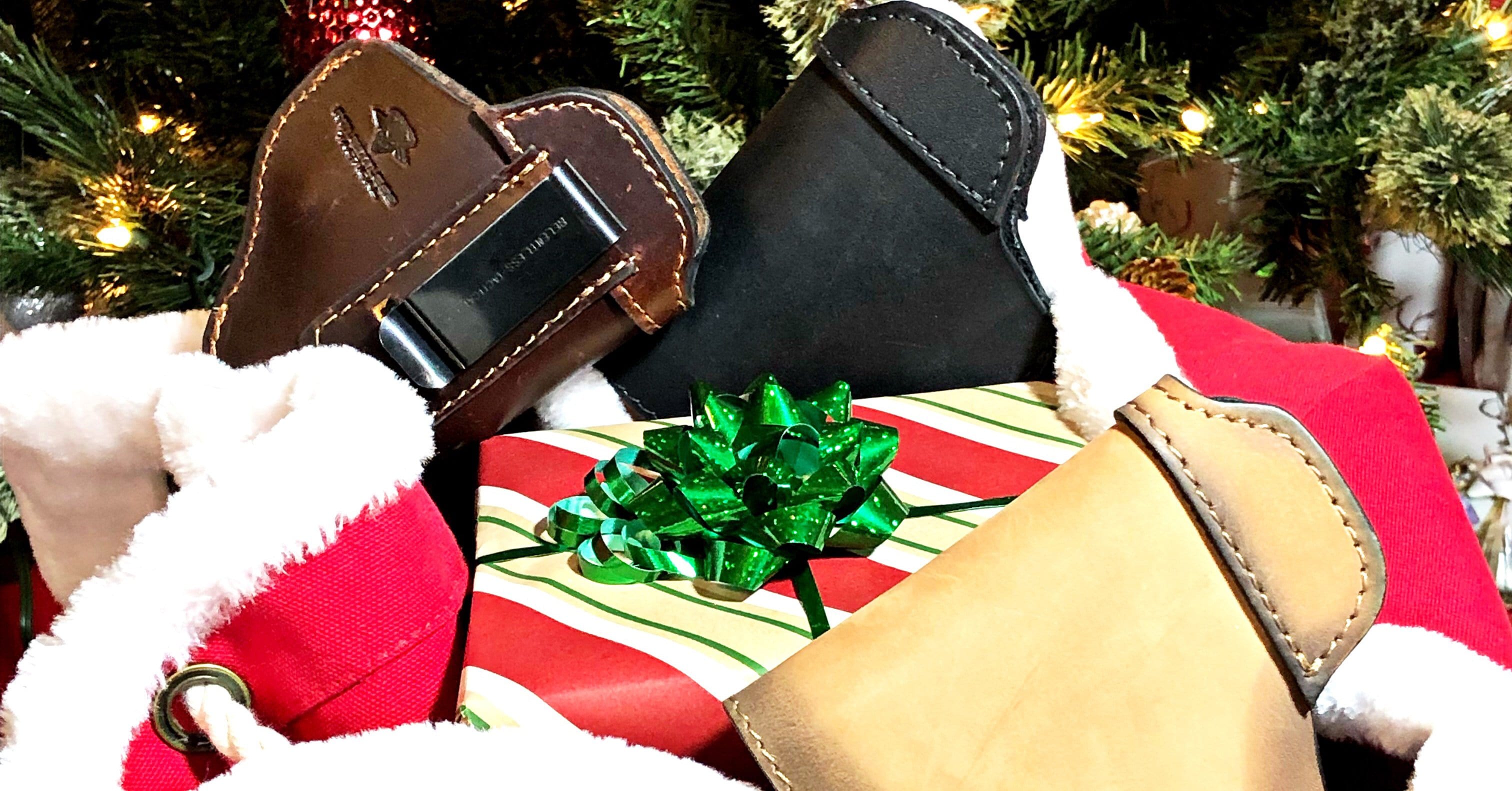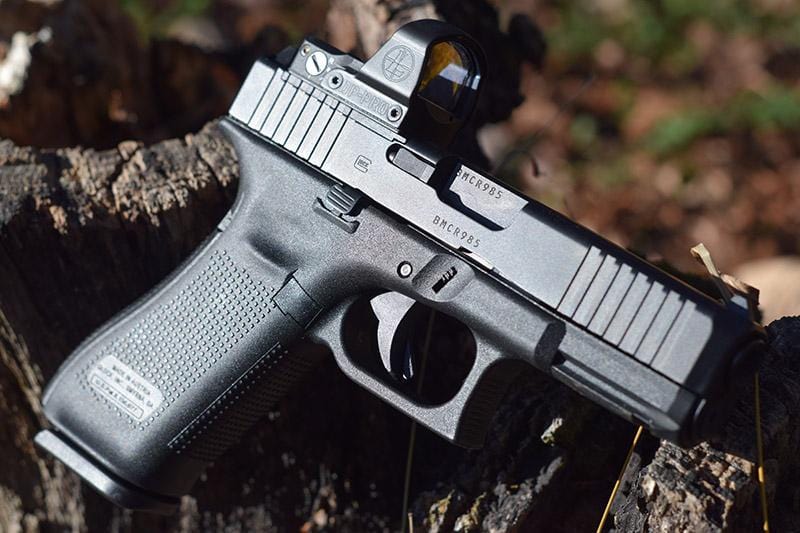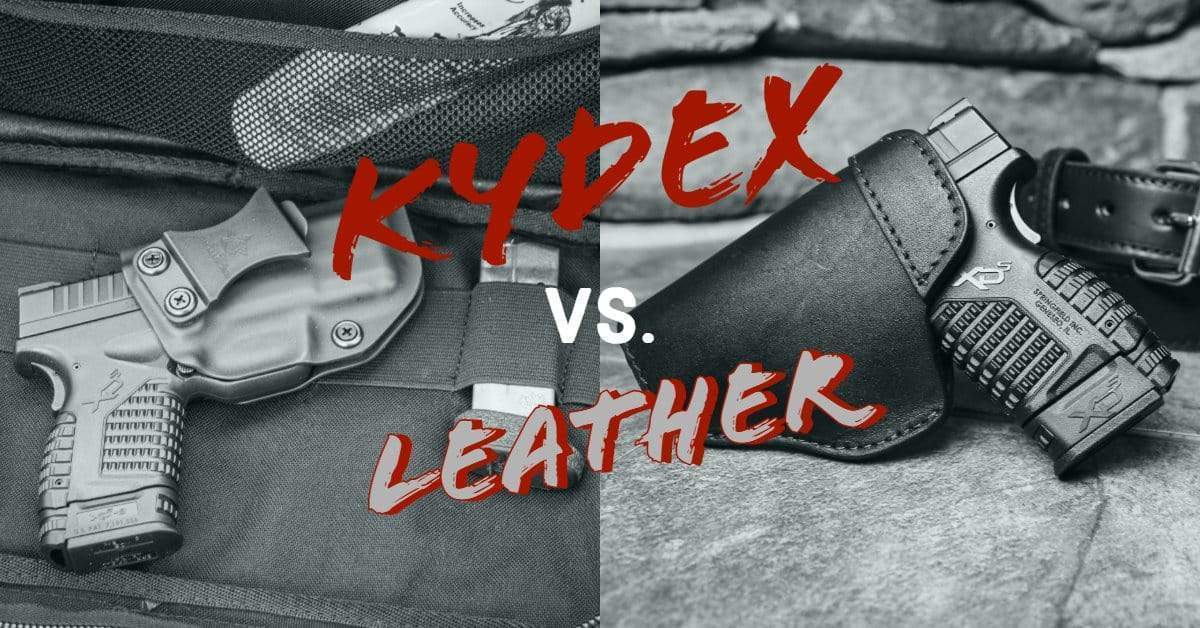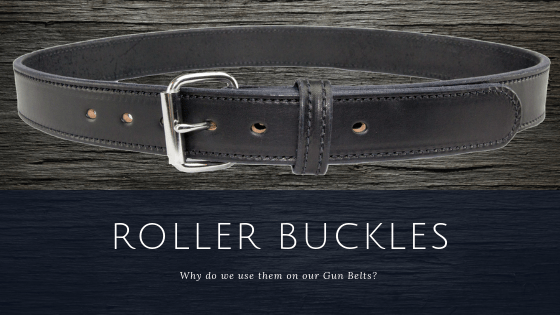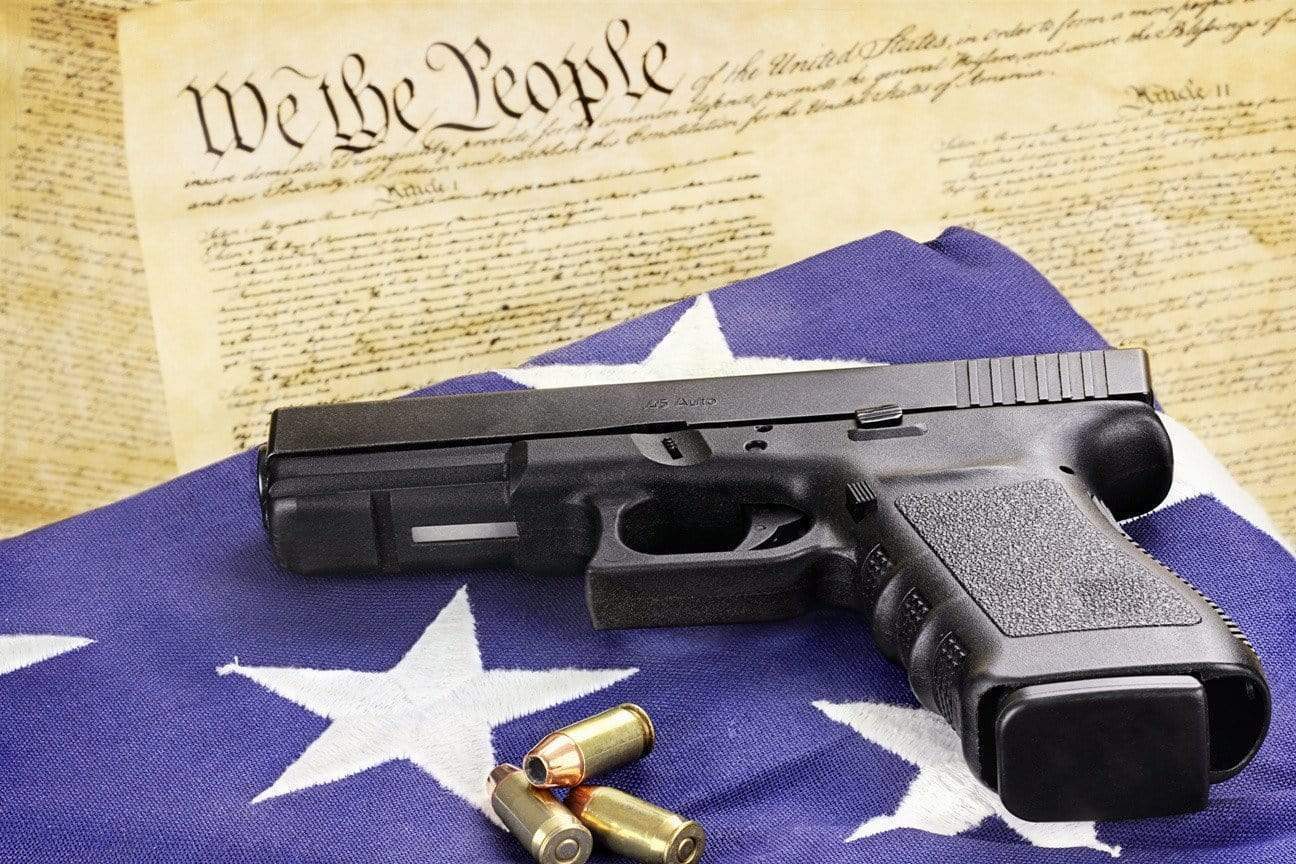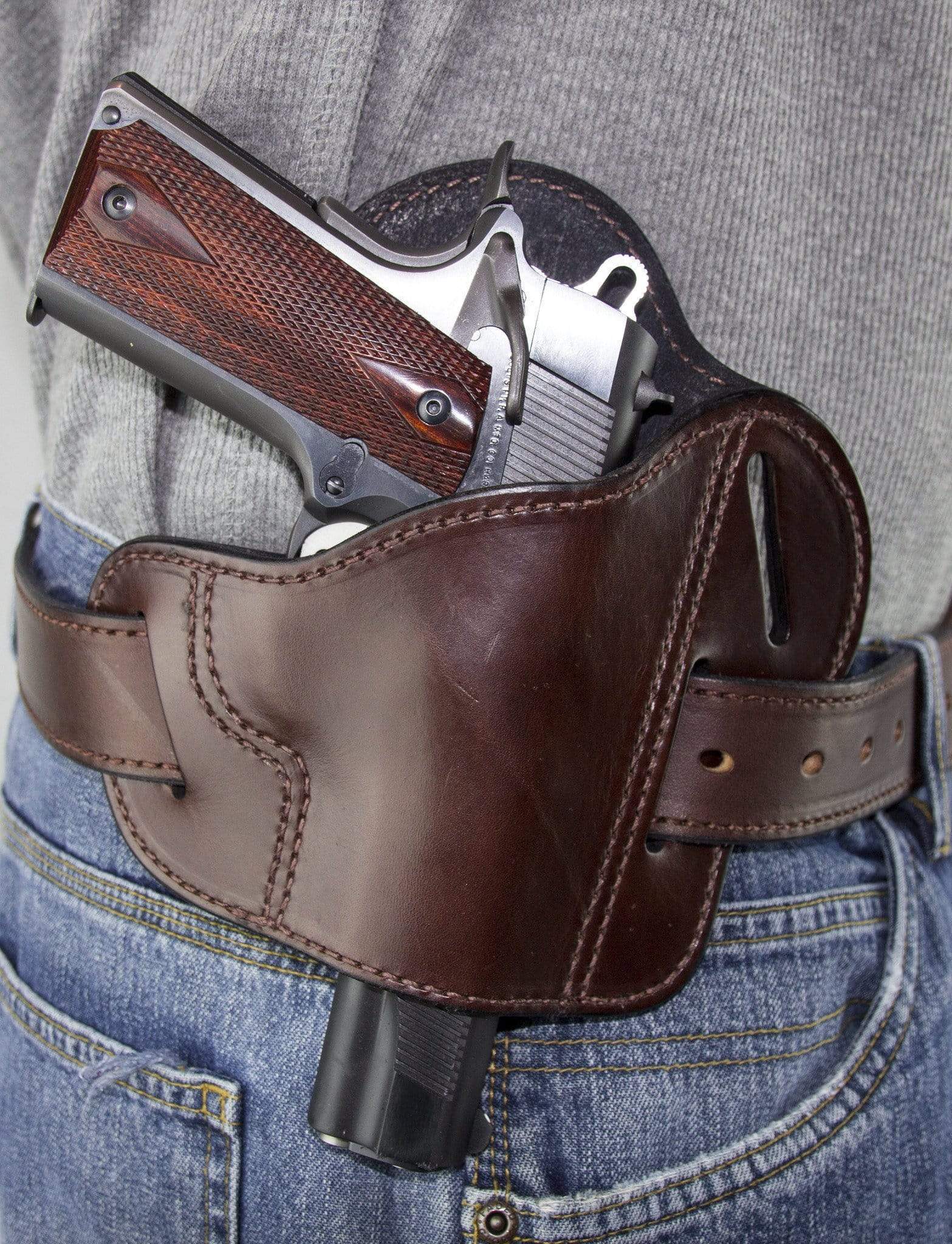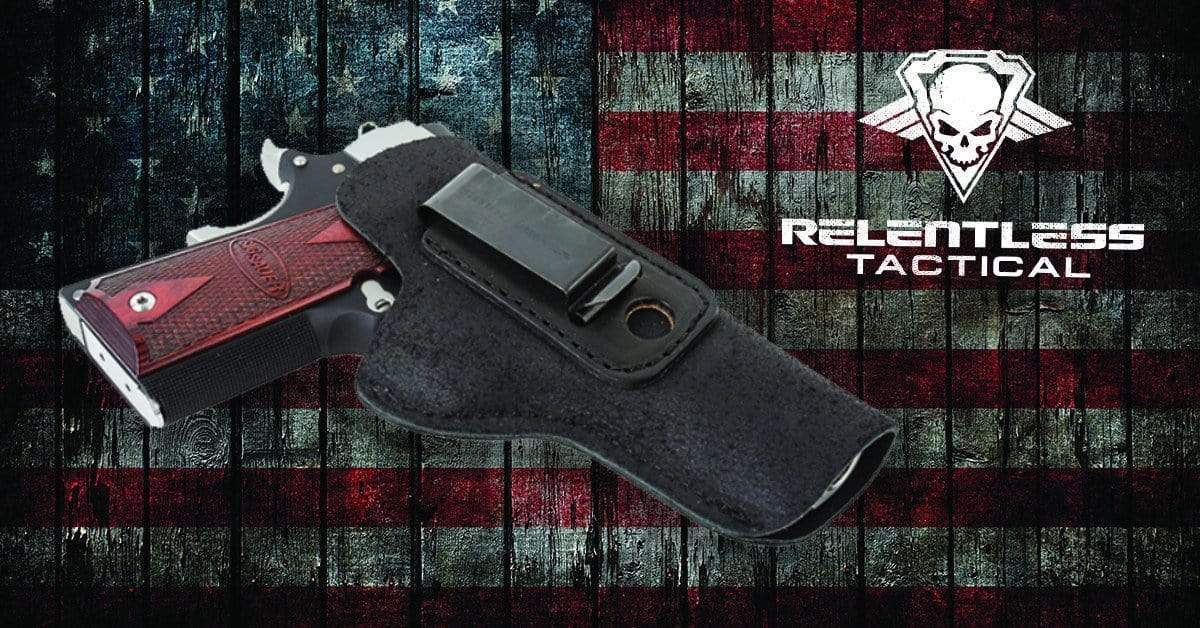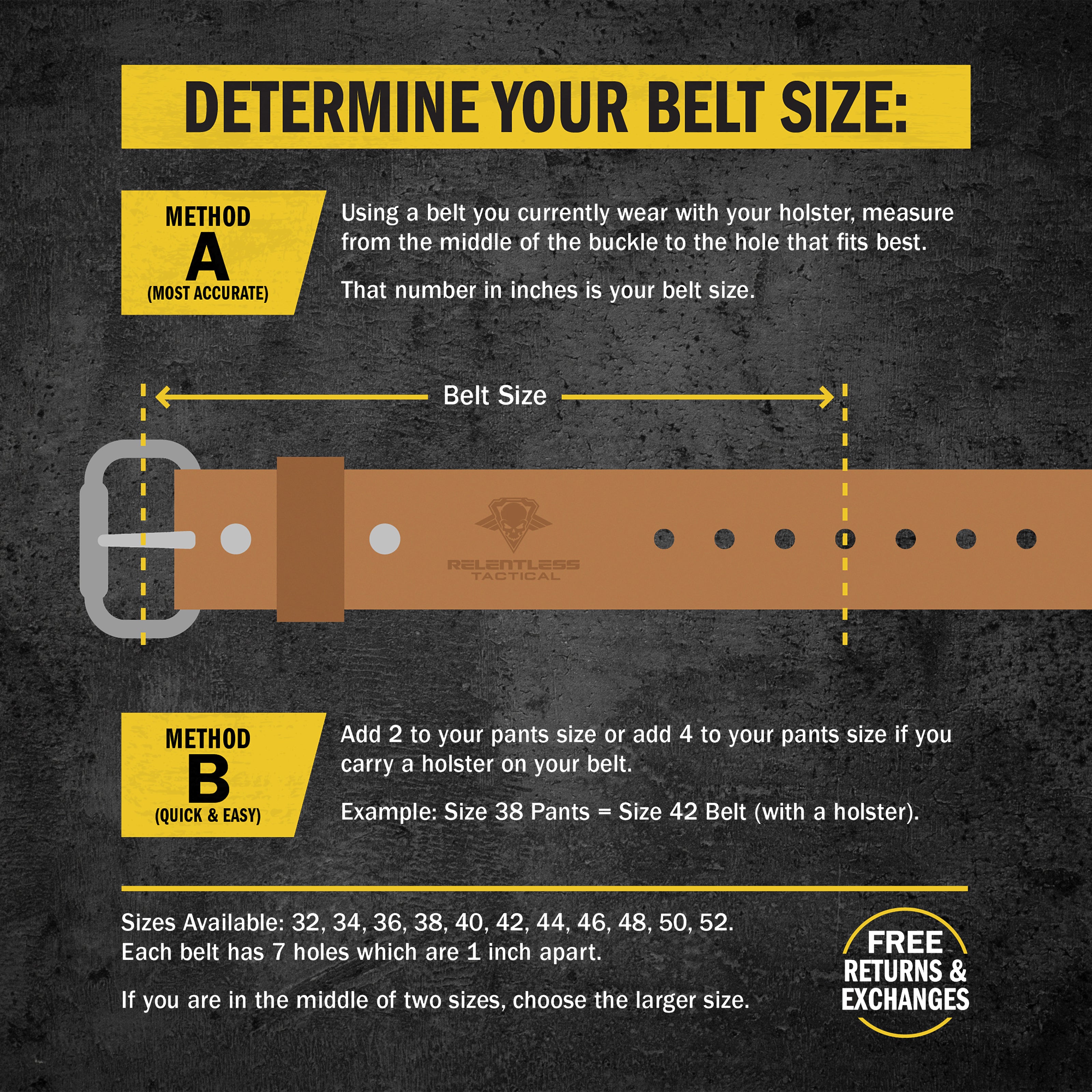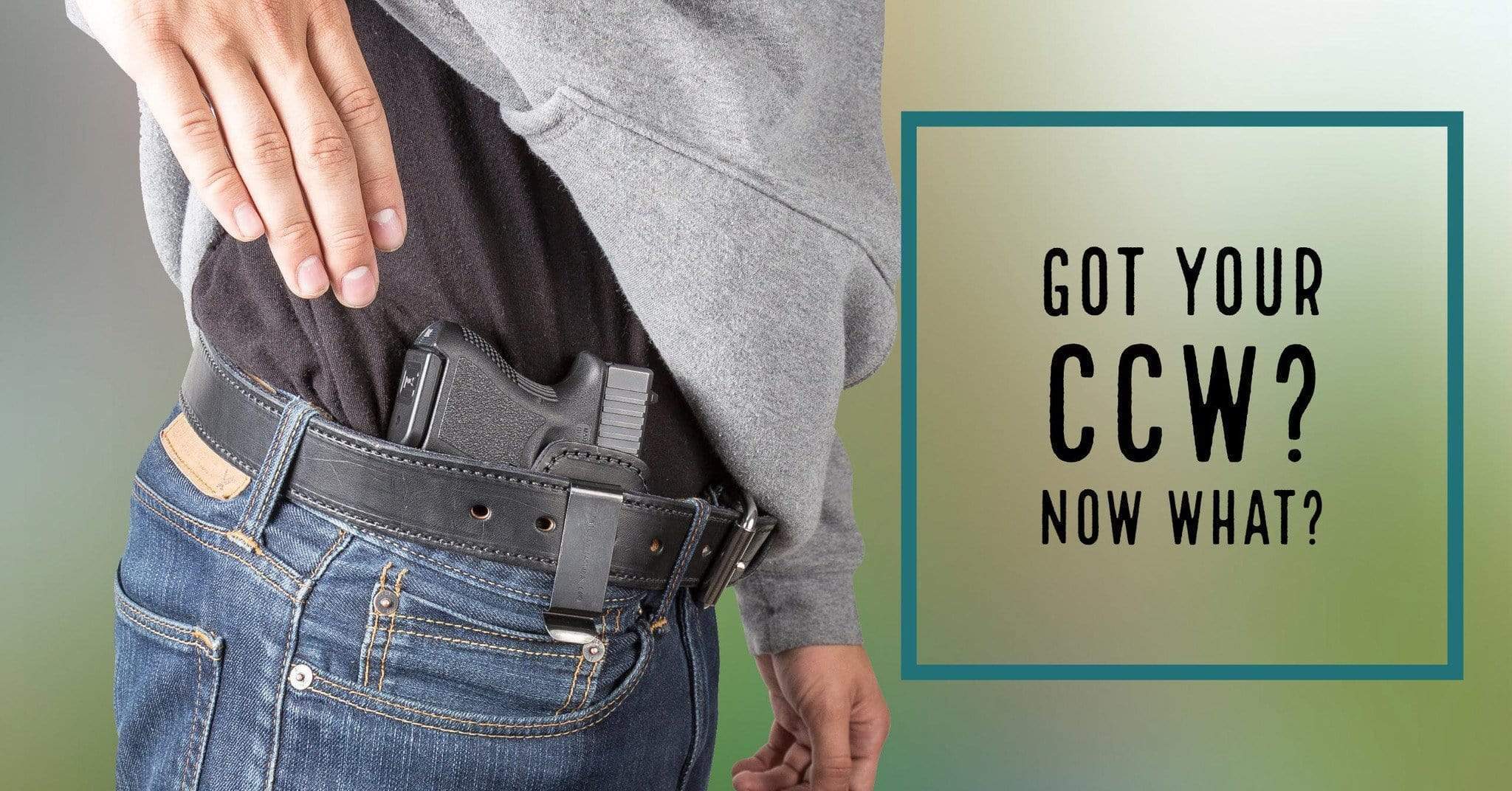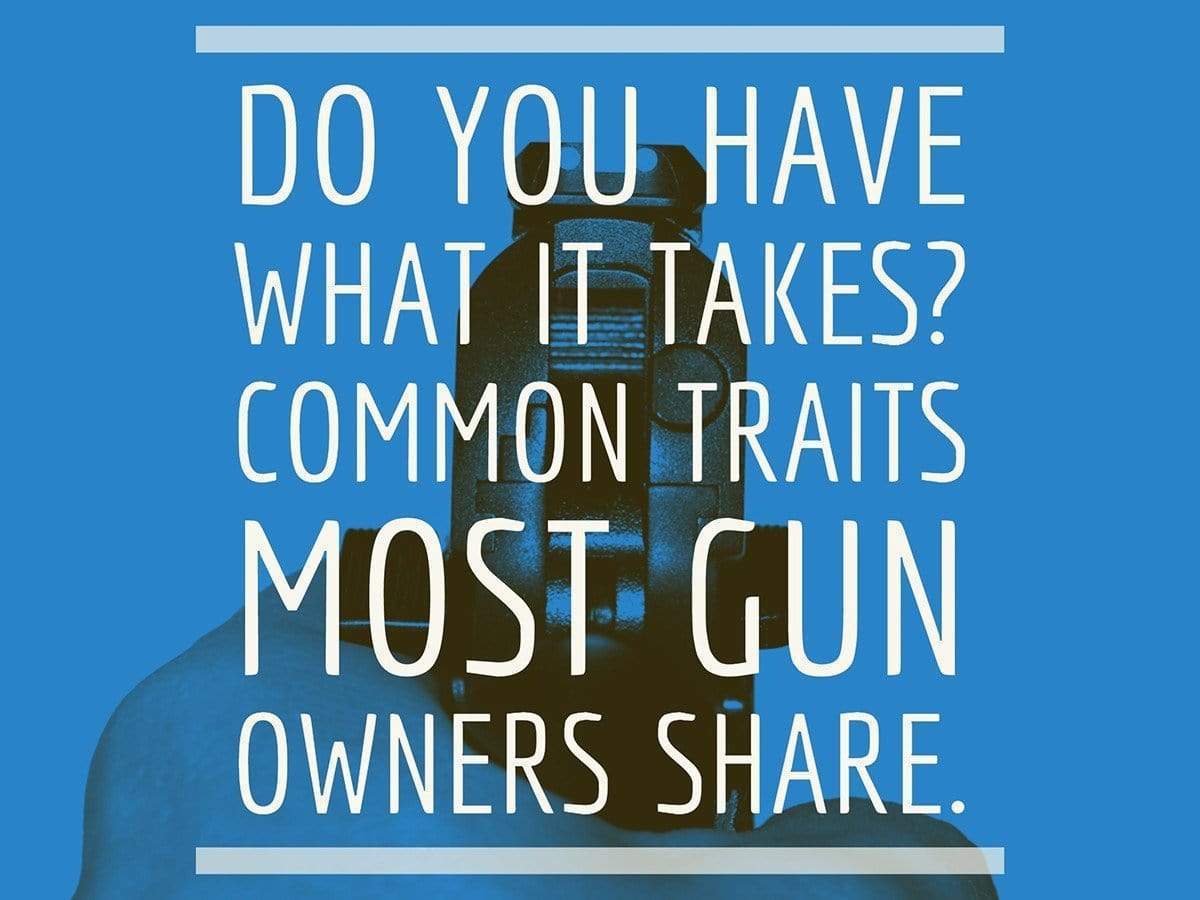How To Handle A Gun Jam
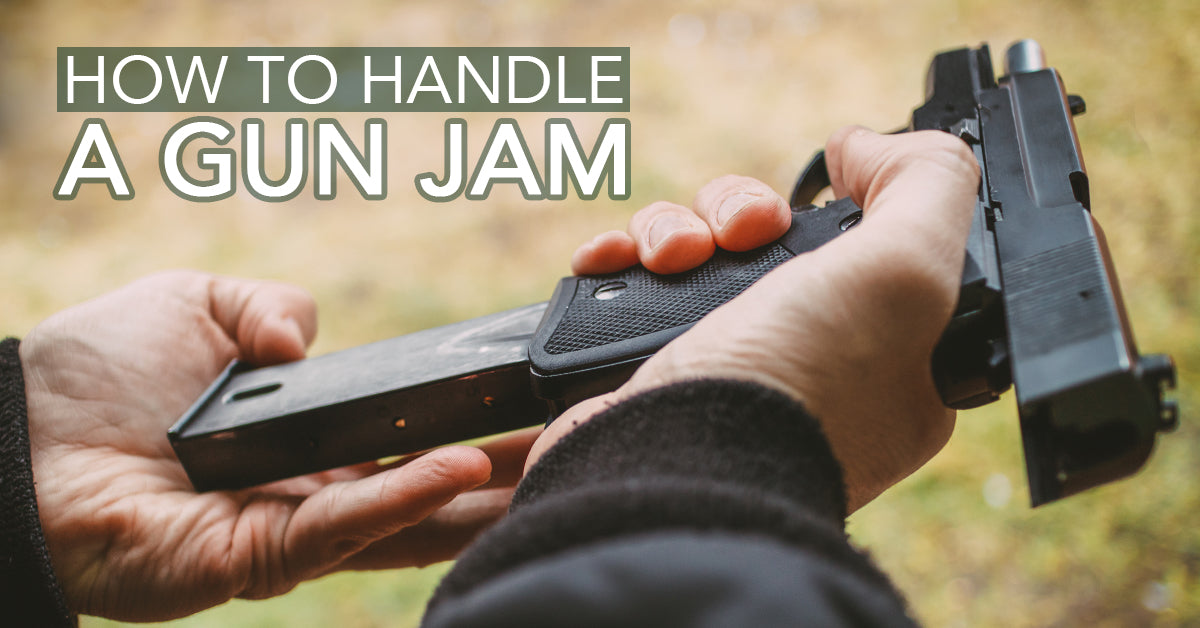
There are certain things that should be practiced on a regular basis so you can be proficient with your concealed carry firearm. Things like shooting, obviously, but also drawing from your holster and clearing malfunctions can and should be practiced at regular intervals, both in dry fire practice and during live fire at the range.
Hopefully the reason why is obvious, but in case it’s not, let’s discuss that for just a moment. Firearm malfunctions can and do happen to just about any type of gun that’s made by any gun manufacturer. Anything mechanical will eventually break down, and this is even truer under the conditions of firing a gun.
If your gun malfunctions when you need it to defend yourself, it can be detrimental to your survival of that incident. The best way to know how to handle these things so you can get your gun back into working order again is to practice them so you know what to do to fix it.
This article applies to handguns of the semi-automatic variety, not revolvers. (Though revolvers can experience malfunctions, they tend to be more detrimental, needing to be taken apart to fix.)
The Types of Gun Malfunctions
There are a few different types of firearm malfunctions that your handgun may have while shooting. Some of them are caused by the ammunition while others are the gun’s fault. There are also those malfunctions that are caused by the shooter not gripping the gun correctly, or limp-wristing (this, by the way, is one of the reasons why we suggest practicing your draw and getting a good grip from the draw).
No matter the kind of malfunction you experience while firing your gun, you should be able to quickly clear it to get yourself back into the fight again. One of the reasons why, is because in a self-defense incident, every tenth of a second counts and can mean the difference between successfully protecting yourself or dying at the hands of your attacker.
Identifying the different types of malfunctions is a bit of a necessity as the way they’re cleared can change based on the type you get. Let’s take a look at each of the three most common gun failures, and how to correct each, in turn.
Failure to Feed
A failure to feed is when, after the shot is fired, the old casing is fully ejected but for some reason the new, unfired round gets hung up and stops the gun from returning into the firing position (known as battery).
To clear this malfunction, smack the bottom of your magazine (because these are caused a lot of the time by a mag that’s not fully seated), rack your slide, and then assess the situation and return to fire again if needed.
Failure to Eject
A failure to eject, also known as a stovepipe, happens when the old casing gets hung up inside the ejection port before fully ejecting. The slide closes on the empty case, unable to return to battery with the new round in the chamber.
To clear this malfunction, you’d smack the bottom of the magazine, tilt the firearm inward for gravity to assist, rack the slide while it’s tilted, and then assess the situation and return fire again if needed.
Double Feed
The double feed is the rarest of these malfunctions. These happen when there is a case in the chamber that was not ejected, and stays in the chamber as the slide reciprocates backward. Then, as the slide moves forward, it picks up a new round but cannot push it into the chamber because there is already something there. The new round hits the old one, causing the slide to stop.
Most of the time, muscle memory kicks in causing you to go through the tap, rack assess/bang method mentioned in the previous two malfunctions. But, that won’t work to clear a double feed.
To clear a double feed, you must strip the magazine out of the well, rack the slide a couple times to clear the stuck casing, re-insert the magazine, and then rack the slide again to chamber a round.
Where it gets interesting here, is what you do with the magazine you stripped out. In a fight for your life, if you’ve got a spare mag, getting rid of the old one may be the best bet. But, if you don’t have another one, you’ll have to hold onto that magazine to re-insert it again.
You can practice all of these malfunctions at the range during live fire practice, as well as in the comfort of your own home with the use of dummy rounds during dry fire practice.
Live Fire Range
One of the best ways to learn how to clear a malfunction is to have someone else load up a magazine for you, inserting a dummy round in an unknown position. That way, as you’re shooting you can experience the malfunction, clear it, and get back on target. But, this only helps with one type of malfunction.
To practice for the others, you have to set them up a bit. While you won’t have to deal with the element of surprise if you put them there, it still has the benefit to practice clearing while at the range to experience the clearing and returning to fire.
Dry Fire Practice
There is also a major benefit to dry fire practice in the comfort of your own home as you practice your malfunction clearing.
All that’s needed is knowing how to clear them, set them up with dummy rounds, and go to town. This looks a lot like it does when you’re at the range doing your live fire practice, but it’s different in that you’re not using live ammunition in the drill.
Learn more about dry fire basics on our blog post here: Dry Fire Basics
Conclusion
Because they don’t announce themselves before they happen, and can happen at the most inopportune times, practicing malfunction clearing is key to helping you build up muscle memory in case it happens when you least expect it as you’re defending yourself. Being able to clear a malfunction is a necessary step in your gun training, and having the ability to do it quickly is a must.

